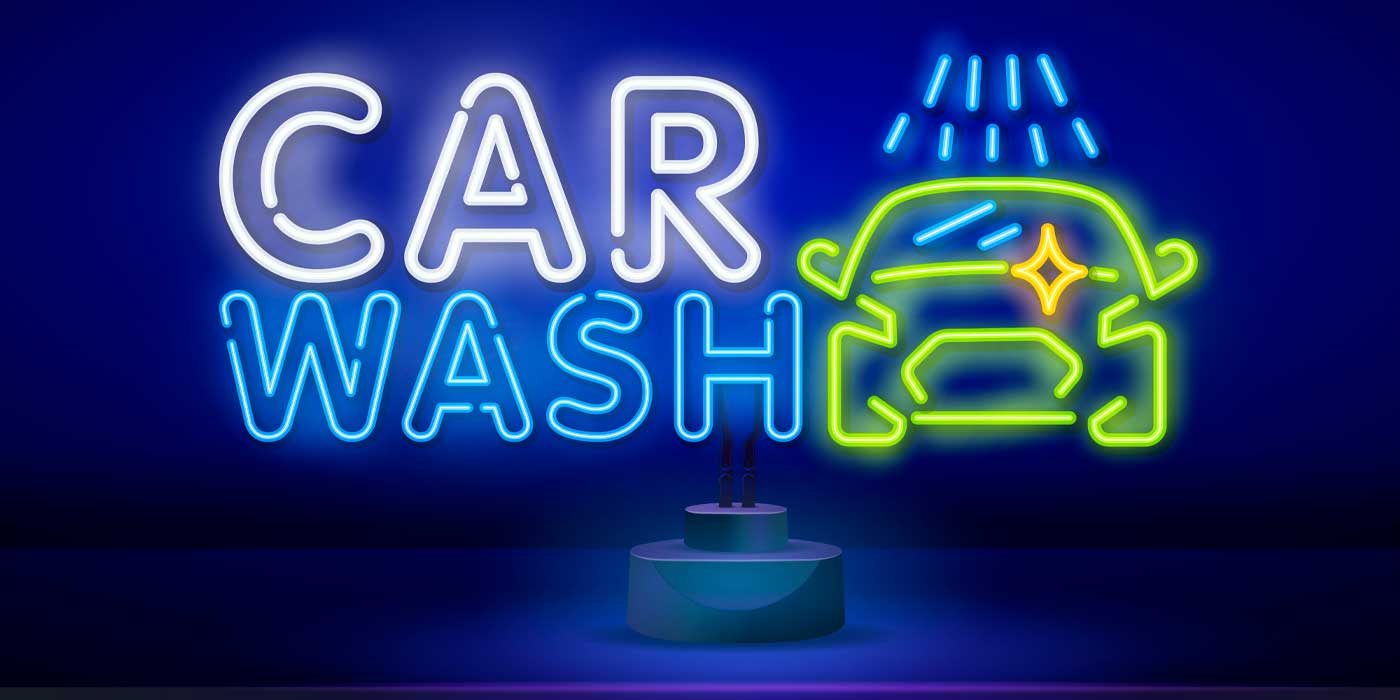According to the article “5 Tips On How To Fire An Employee Gracefully” by contributor Mike Kappel of Patriot Software on Forbes’ website, firing someone is one of the worst possible experiences — for both the boss and the employee. As such, in order to make the unfortunate event less stressful, Kappel offers five tips he’s learned over the years from running his own companies on how to make the firing process go more smoothly.
Be clear when hiring and firing
When you look to hire someone, Kappel notes, you should not only detail all the job requirements but also make sure to research your job candidates in order to determine that they are qualified to do the job. You don’t want to end up hiring someone (and summarily firing him or her) who cannot perform the tasks you require.
If you must fire someone, make sure that you make that clear at the very beginning of your meeting with him or her. You don’t want to keep the employee on edge with trivial conversation starters. After you have made the point on the meeting clear, you can discuss any follow-up questions, such as unemployment benefits, the last paycheck and health insurance.
Treat the employee with dignity
Never fire an employee in public, Kappel states; always do so in a closed-door meeting. You don’t want other employees to overhear and get nervous that they’re next; furthermore, they may have a relationship with the employee being fired. Firing an employee in front of others not only humiliates the fired employee but also risks dampening the morale of your other employees. You might consider firing the employee at the end of the day when few or no workers are left so that the employee does not have to leave in the sight of his or her colleagues.
When you do fire an employee, make sure to have a witness aside from yourself. This can be an HR representative or a trusted employee. Either way, it’s important to have a witness in case the employee decides to sue you; this witness can confirm that you acted both legally and ethically. In certain, rare cases, it might even be best to ask for a police escort ahead of time, if you think the employee could get violent based on his or her history.
Check that your actions are legal
If an employee did not sign a contract at the time of hire, then they were hired “at will” and can be terminated at any time, Kappel says. You cannot fire an employee for discriminatory reasons or because he or she takes a medical leave. If your employee is contracted, on the other hand, you cannot fire him or her for any reasons that are not specified in the contract; if the employee has not violated any provisos, do not break the contract.
Keep firing as a last resort
Prevention is the best medicine, as the saying goes. According to Kappel, before you ever fire an employee, you should give him or her a performance review and note the areas in which they are failing. Often, these reviews will jumpstart the employee’s work drive and get him or her working better.
Consider holding employee reviews twice a year for all employees. If an employee still fails to improve after having a review, then do not wait to fire them; doing so can cost your business resources, time and money. The only time when you do not have to hold these performance reviews before firing someone is in the case of an employee seriously violating a company policy.
Let the other employees know
In many cases, Kappel concludes, it will be necessary to inform the other employees that you had to let someone go, but do not go into the details of the firing. Simply let your workers know of any changes in workloads or available positions as a result of it.
Read the original article here.














